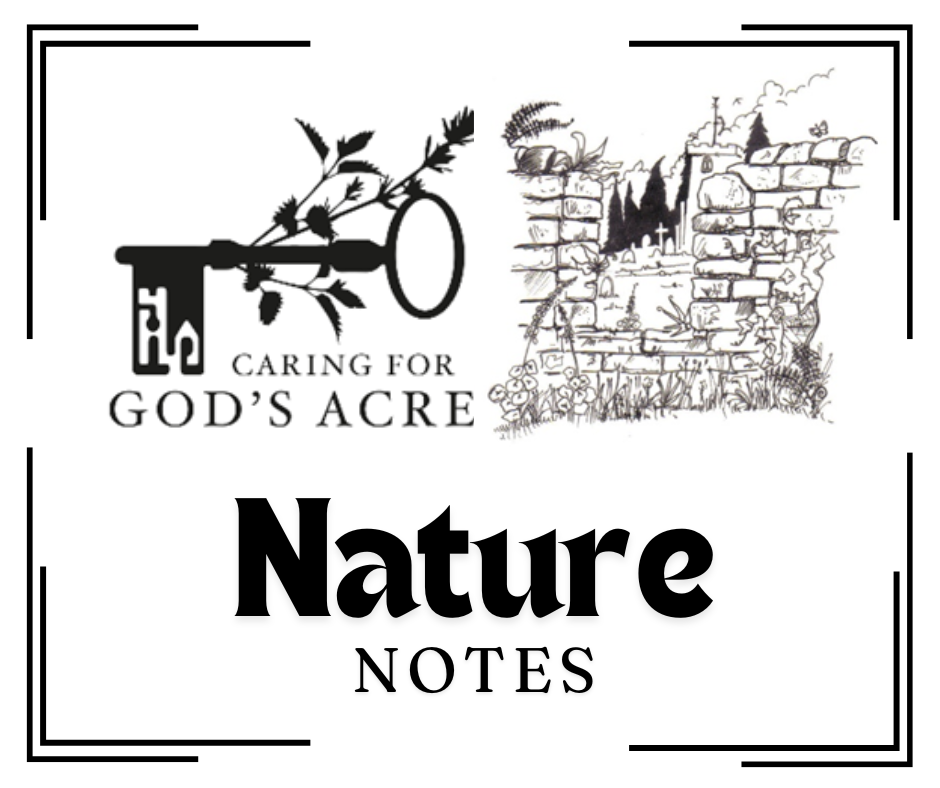 Churchyard Walls for Wildlife
Churchyard Walls for Wildlife
It is quite possible that the oldest built structure in your local churchyard will be the boundary wall. These walls may have been mended over the years but usually with the original stone, gently replacing and resetting damaged sections. Whether lime mortar or drystone, churchyard walls have built up a rich array of species over the years.
South facing walls are particularly good for invertebrates with many different creatures using the gaps and holes to nest and shelter. Look for wrens and dunnocks hopping over the stones of the wall searching for spiders to eat. There are a great many species of solitary bees and wasps to be found nesting within walls too.
Walls can be excellent for lichens unless they become covered in ivy and other shading plants in which case the lichens are lost. Walls have their own specific plants, not found elsewhere in the churchyard, and this is particularly true for lime mortared walls in an area where the soil is not particularly lime rich. Can you spot ivy-leaved toadflax, wall rue, maidenhair spleenwort, rusty back or adder’s tongue fern? Some annual plants grow early in the spring, whilst the wall is still quite damp and cool; they flower, seed and then dry out as summer progresses. Others, like saxifrages, are suited to dry conditions.
As well as the wall surface, there is life within it too. Walls are cool, safe places to shelter. Whilst frogs, toads and newts make their way to ponds for breeding, they actually spend most of the year out of water. These amphibians are often found in or close to churchyard walls, as are reptiles such as lizards and slow-worm. They shelter within the wall or at its base, emerging to hunt for food such as slugs, worms and other invertebrates. Look for lizards basking in full sun whilst the slow-worm stays hidden, finding a warm place beneath vegetation or a stone or reptile mat.
So, look after your walls and try to keep them in good repair, they are very special!
Prue Dakin
info@cfga.org.uk
www.caringforgodsacre.org.uk
